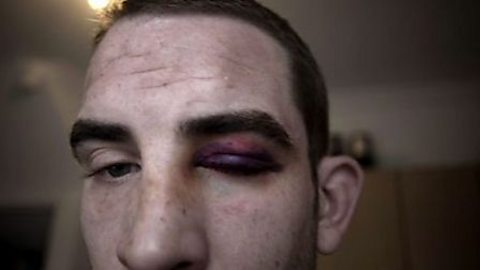Your eye is a massive construction project. And much of the development only begins after you are born. The iris, which controls the amount of light entering your eye, is complete, but the muscles around the lens in the middle are still learning how to focus on the world.
At the back of your eye lies the vast red plane of your retina. Light from above shines down, casting images of the outside world across its surface. Underneath, these rays enter a forest of 125 million light sensitive cells. Each cell senses just a tiny part of the image, but together they send their information to the brain, which makes sense of it all. Most of these are rod cells, which can only see in shades of blue. They help you see in the dark. To see clearly in daylight, you need an entirely different set of cells. These are known as cone cells. Four and a half million are spread over your retina. But in one location, they are much denser. Here, they begin to group together, and the retina's surface begins to bulge. Over the first four years of your life, the cones raise a volcano-like mound at the back of your eye. Then, around 20,000 cone cells burst through at the summit. This is your fovea, the part of your eye where your vision is crystal clear. It can sense over a million different colours.
Muscles in your eye work to focus light onto the retina. Muscles in the iris respond to light levels, opening up the iris in low light and narrowing it when things get too bright. On the remote Thai island of Ko Surin, there are a group of people whose brains have learned to overrule the muscles in their eyes. Goong and his friends belong to the Moken tribe and get much of their food from the sea. But finding food in water is not easy. That's because your eyes have adapted to see clearly in air, so underwater they lose more than two-thirds of their power to see.
To compensate, Goong's brain does something remarkable. As he descends, light levels drop quickly. Normally, your eye would react by opening the iris, making the pupil larger and allowing more light in. The image may appear brighter, but it comes at a cost. Because underwater, a wider iris makes everything appear more blurred. Over time, Goong's brain has learned to overrule this reflex of the eye with an astonishing adaptation best seen with the help of an infrared camera. Rather than opening his pupils, he closes them. Some of the muscles of the iris contract to their limit, which constricts the pupil as far as it will go. Goong's view of the salty underwater world becomes much sharper. It's so effective that Goong can see fine details twice as well as you can.
Your brain has an incredible ability to adapt your eyes to suit its needs. And, for Goong, that means his dinner.
Video summary
This short film offers a depiction of the inner workings of the human eye by combining CGI with a real life story of divers who can see clearly underwater.
The video describes the main anatomy and function of the eye, and goes further by using an extraordinary example to highlight our amazing ability to adapt to situations.
This short film is from the BBC series, Inside the Human Body.
Teacher Notes
The models, film clips and magnified images in this short film provide students with knowledge and understanding of the components of the eye and how the eye works.
It would be useful to play as part of the explanation and input part of a lesson.
This short film will be relevant for teaching biology at KS3 and KS4/GCSE in England, Wales and Northern Ireland and National 4/5 in Scotland. Appears in AQA, OCR, EDEXCEL, CCEA, WJEC, SQA
How humans see. video
This short film looks at how humans perceive the world and how our brain creates an image of what is around us. A real-life example of a blind climber who uses his tongue to see is shown.
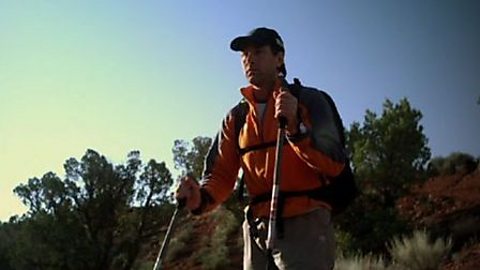
Human circulation. video
This short film takes us on a journey around the circulatory system using the example of a baby's first breath.
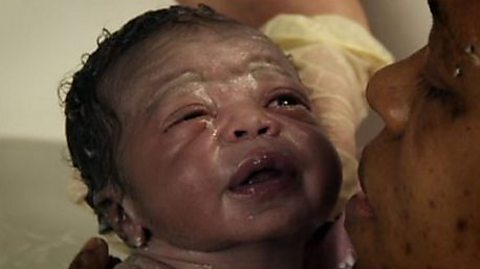
Human circulatory and digestive system. video
This short film offers a look at respiration and a tour around the circulatory system and digestive system in the human body, through blood vessels and into mitochondria.
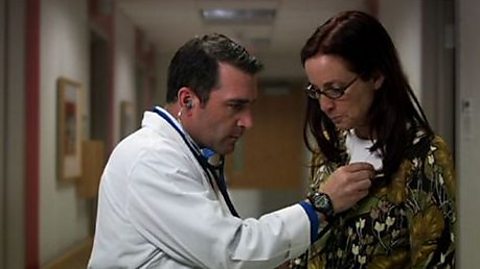
Human fertilisation. video
This short film uses CGI footage to help give a visual description of the process of human fertilisation, following the journey of both sperm and egg.
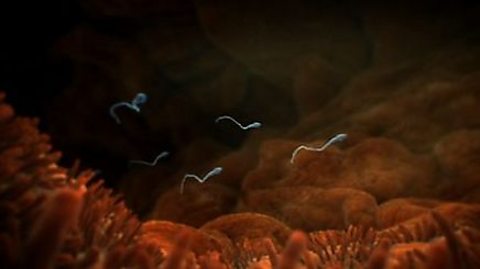
Human immunity and defence. video
Using CGI, this short film gives students a look at the inner workings of the immune system, focusing particularly on how the body fights off viruses.
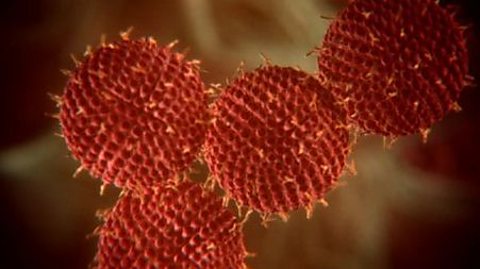
Pregnancy and multiple births. video
From a single fertilised cell to a fully grown baby, this short film mixes CGI with real-life images to paint a picture of how we develop inside the womb.
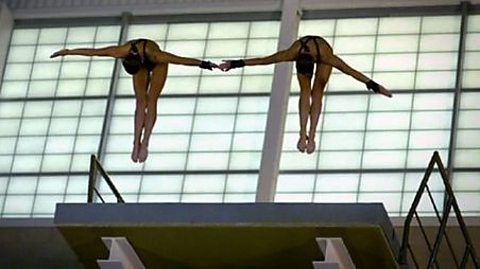
Skin - defend and protect. video
This short film provides a close-up look under your skin, focusing on two key functions of the skin - protecting the body from pathogens, and stopping the body from drying out.

Skin and sweating. video
This short film combines CGI images with a real life story about a fire-fighter to show how the body manages to control temperature by sweating.

The human ear. video
This short film provides a journey into the ear, looking at hearing and balance, plus a real-life example of how the ear helps us to walk.
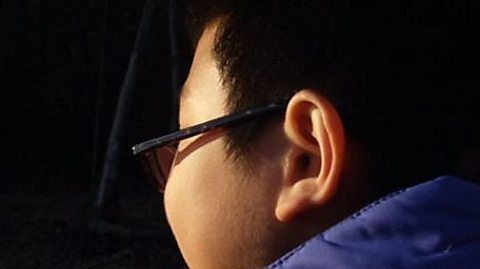
The human heart. video
This short film uses 3D CGI images to show the movement of blood through the chambers of the heart and also the pacemaker cells.
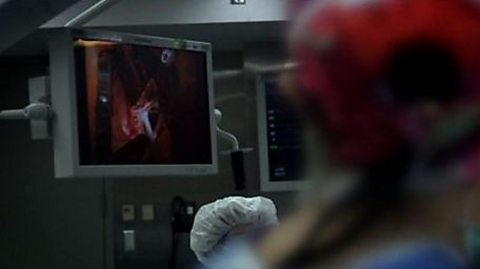
How humans heal themselves. video
This short film offers a look at how the body heals itself. Combining CGI scenes with real life action in the boxing ring, it follows the progress of a boxer's black eye.
